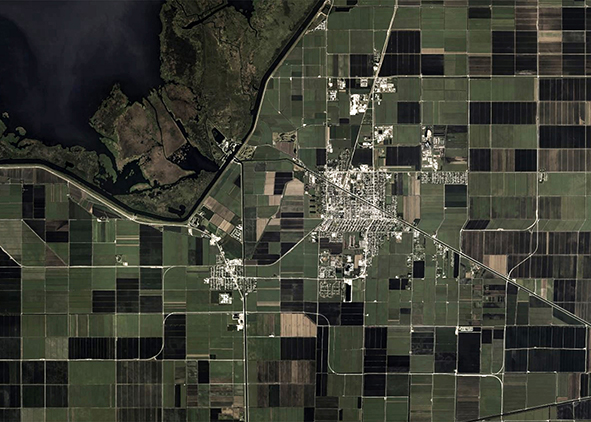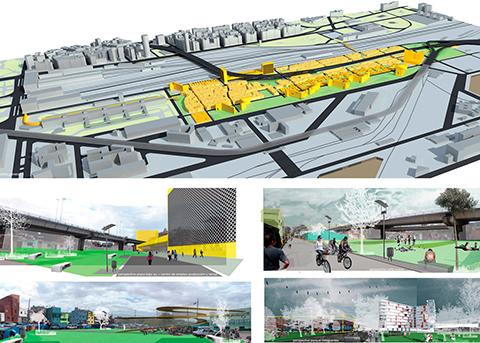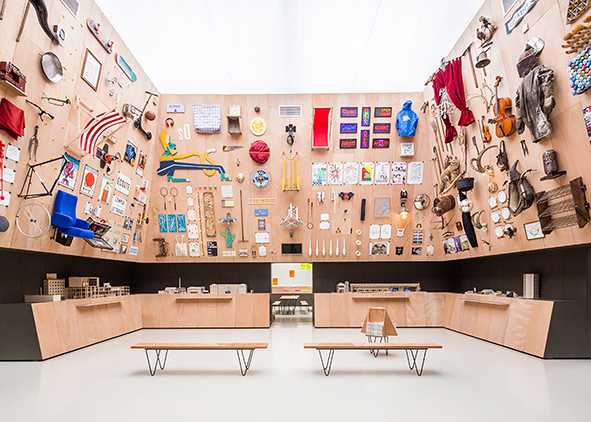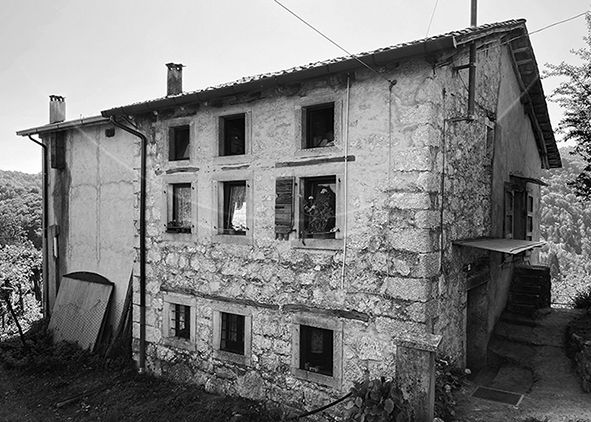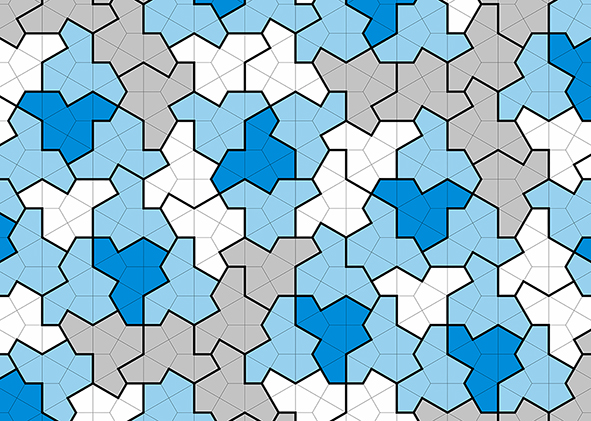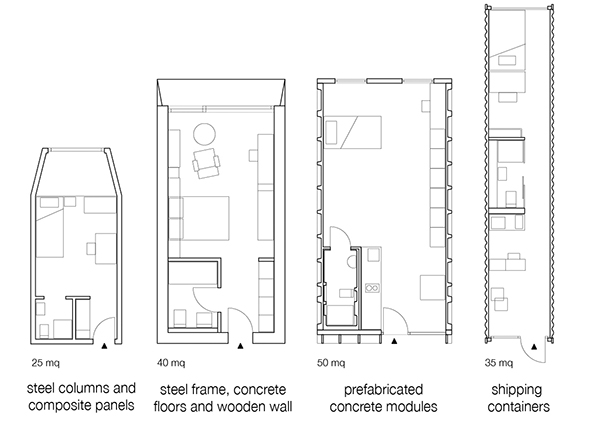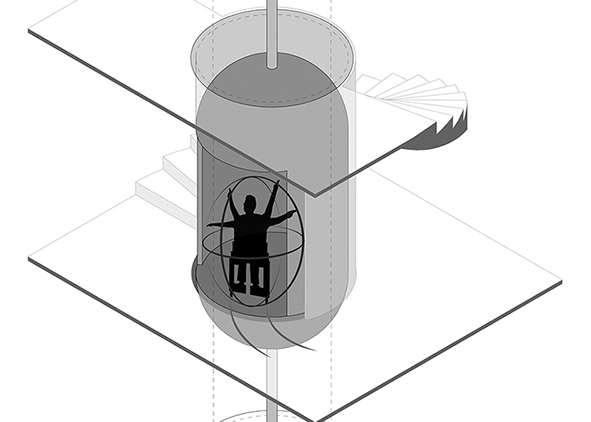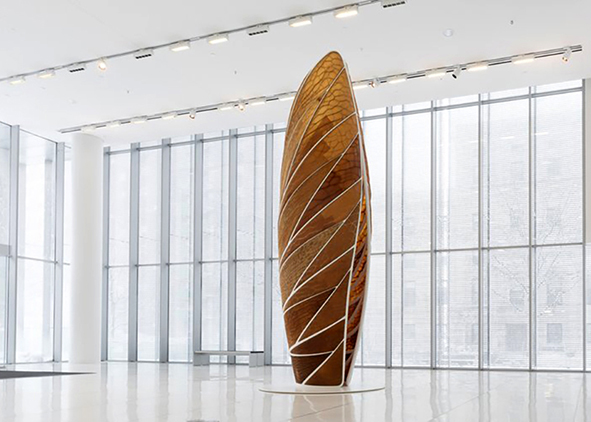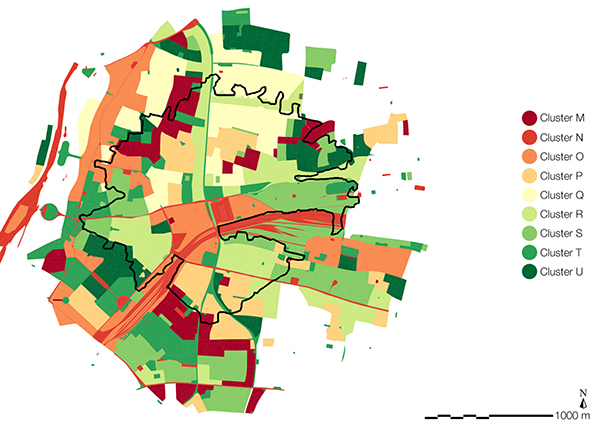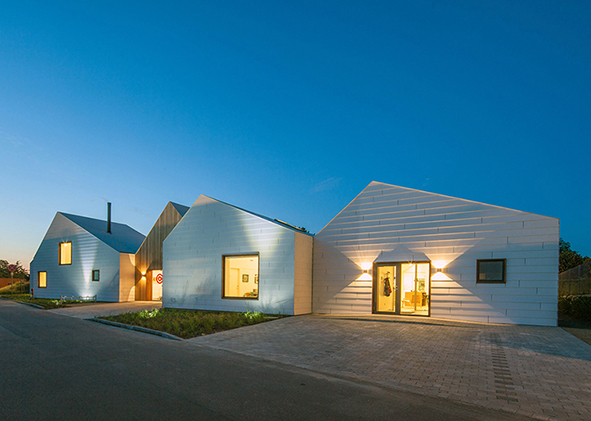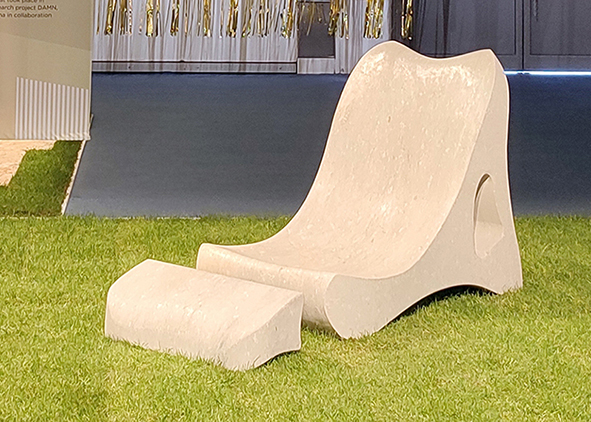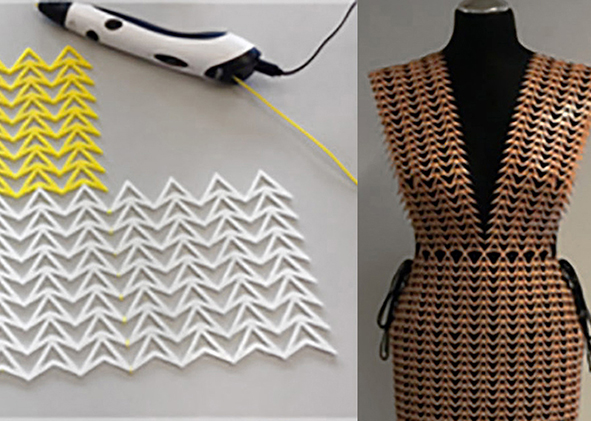
AGATHÓN
International Journal
of Architecture, Art and Design
ISSN (online) 2532-683X
ISSN (print) 2464-9309
Vol. 14 (2023): MODULE AND MODULARITY | Variations and application scales in contemporary time

The Module is a sign, a linear trend, a geometric or free form repeated within a given space while maintaining its proportions. It is exemplary form, norm and rule, number, elementary unit and measure. It is a concept that expresses harmony, proportion, and quality. It is a catalytic element of history, culture and memory that refers, within the different disciplines of urban planning and landscape, architecture and engineering, representation, design and art, as much to man as to its artefacts and conceptualisations. The Module is both a measure of things and, simultaneously, a synthesis of the relationships that these measures activate (connections) or deactivate (separations). The Module is rhythm, interference, structure, relationship, mutation, and standardisation, but it is also a synthesis of the specific human ability to perceive, simplify and represent the environment. To design is both to measure and to relate. ‘Contare e raccontare’ (lit. counting and telling), as titled by Carlo Bernardini e Tullio De Mauro (2003), through the concept of the module that lends itself to being an expression of an act (counting or measuring) and at the same time of a narrative (telling), both actions enriched and nourished, in contemporaneity, by new semantic capital that, in its being material and immaterial, real and digital together, activates new transdisciplinary and interdisciplinary relations involving and contaminating the different scales of the project. The Module, in its capacity as a holistic measure of things, measure and measurability, seems to share, with the new contemporaneity, the idea of a ‘different’ space – at any scale – to be re-measured and re-counted both in the current configuration (the existing one) and with respect to that which it could and/or should be (the new). In this perspective, within the environmental design and transformative approaches, a renewed and contemporary expression of the Module seems to be emerging, dynamically confronting the inescapable demands of interoperability, virtualisation, decentralisation and sustainability.
A currently relevant theme, that of the Module in the Third Millennium, which relates to the counterpart proposition introduced by Giulio Carlo Argan (1965) in the collection of essays entitled Progetto e Destino (lit. Project and Destiny), in which the historian investigates the evolution of the concept of the Module and its modification throughout history along with the modes of building, synthesis and cultural expression. Based on these premises, volume 14 of AGATHÓN collects essays and research that, while not exhaustive of the innumerable declinations that can be taken on by the module to address, discretise and solve the complexity of the built environment, highlight its multiscalar nature and its conceptual and usage flexibility. With their infinite application scales, ‘from the spoon to the city’ (Rogers, 1952), the ‘module’ and ‘modularity’ resurface strongly in the new Millennium and can become a paradigm in support of the Sustainable Development Goals (UN, 2015) if associated with the themes of reversibility and accessibility, in addition, the varied conceptual and instrumental declinations of ‘module’ and ‘modularity’ can provide support throughout the entire life cycle of a system, optimising its ideational, production/implementation and management phases in Landscape, City, Architecture and Industrial Design, enabling the overcoming of a static and linear view of the built environment through ‘open’, ‘flexible’, ‘adaptive’, ‘multi-scalar’ and ‘sustainable’ systems especially when managed through intelligent digital tools.



